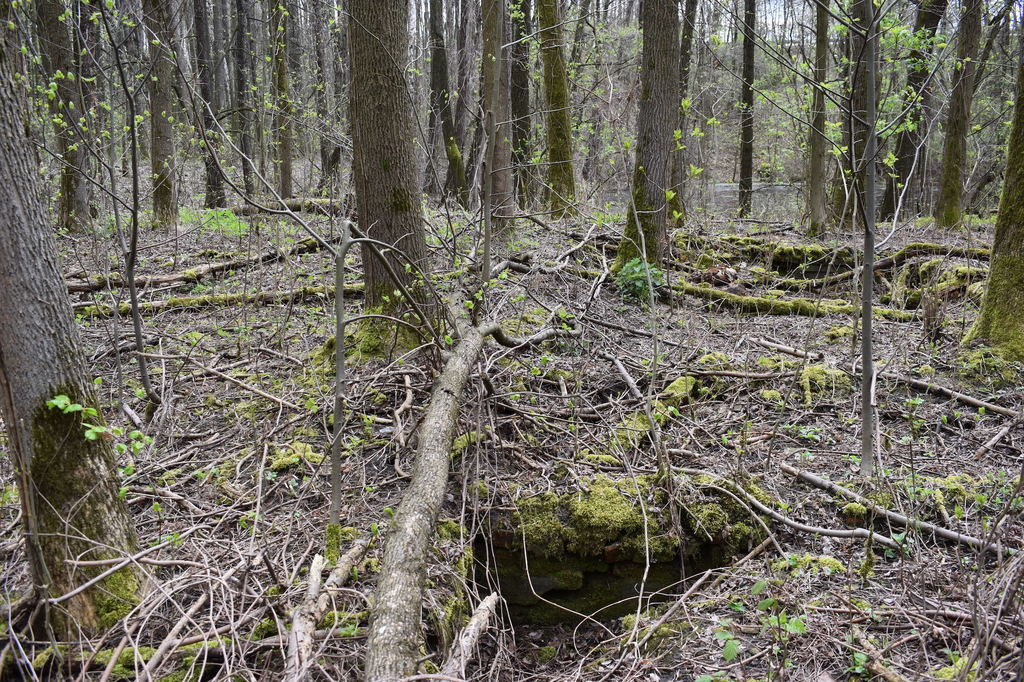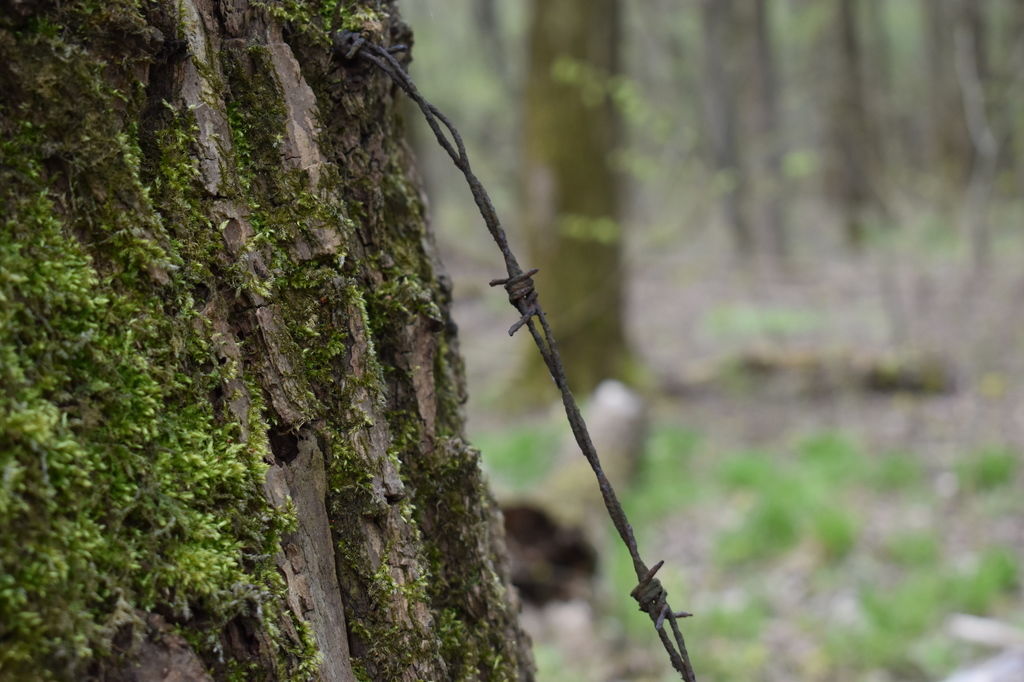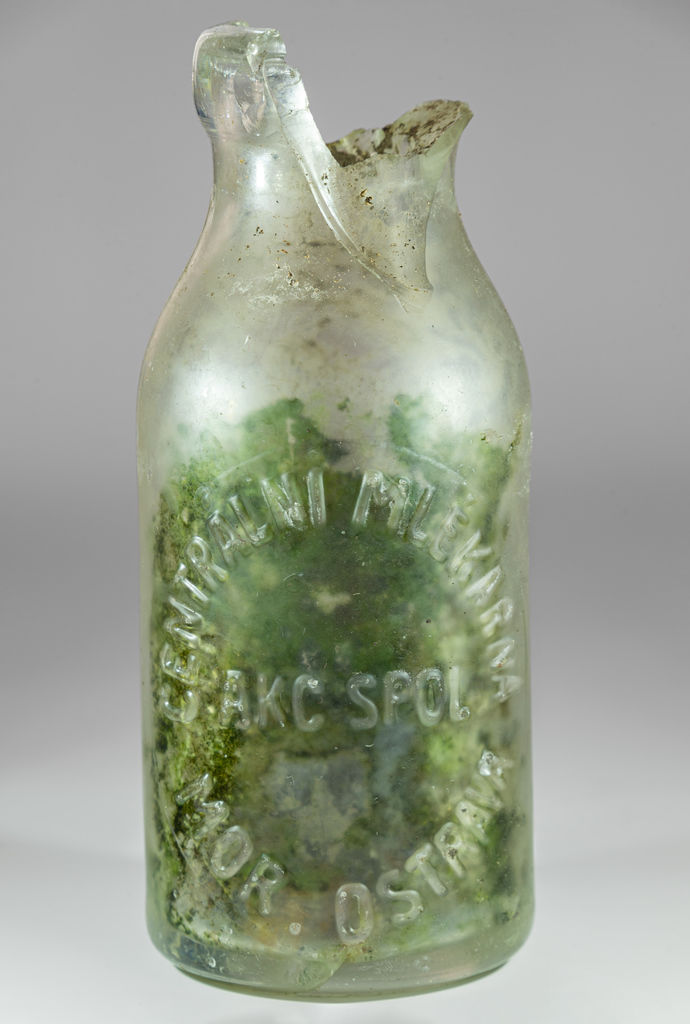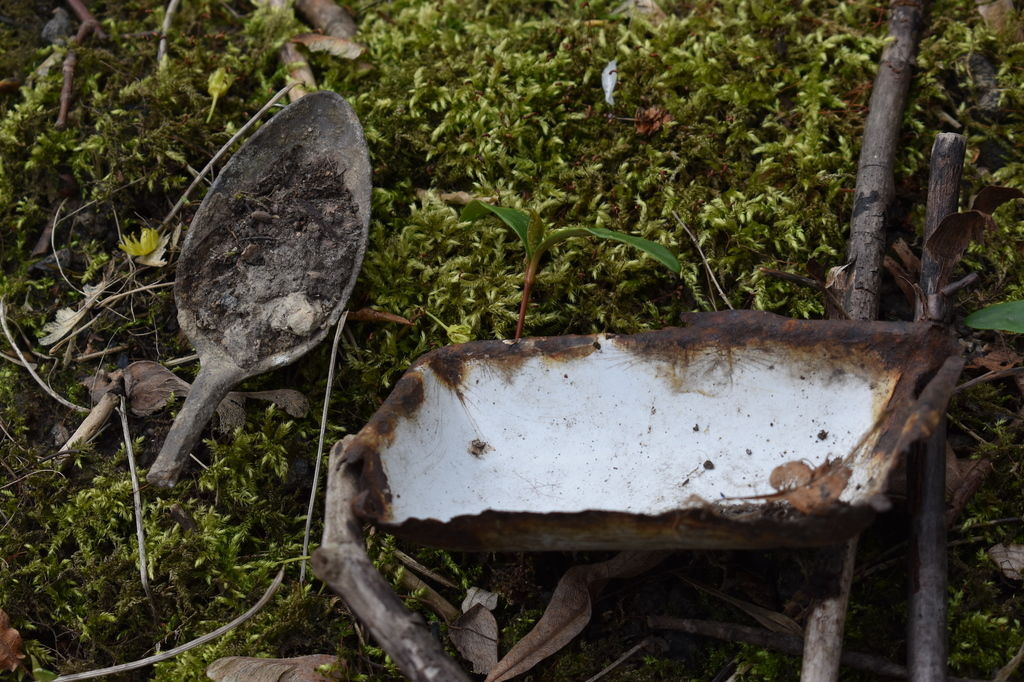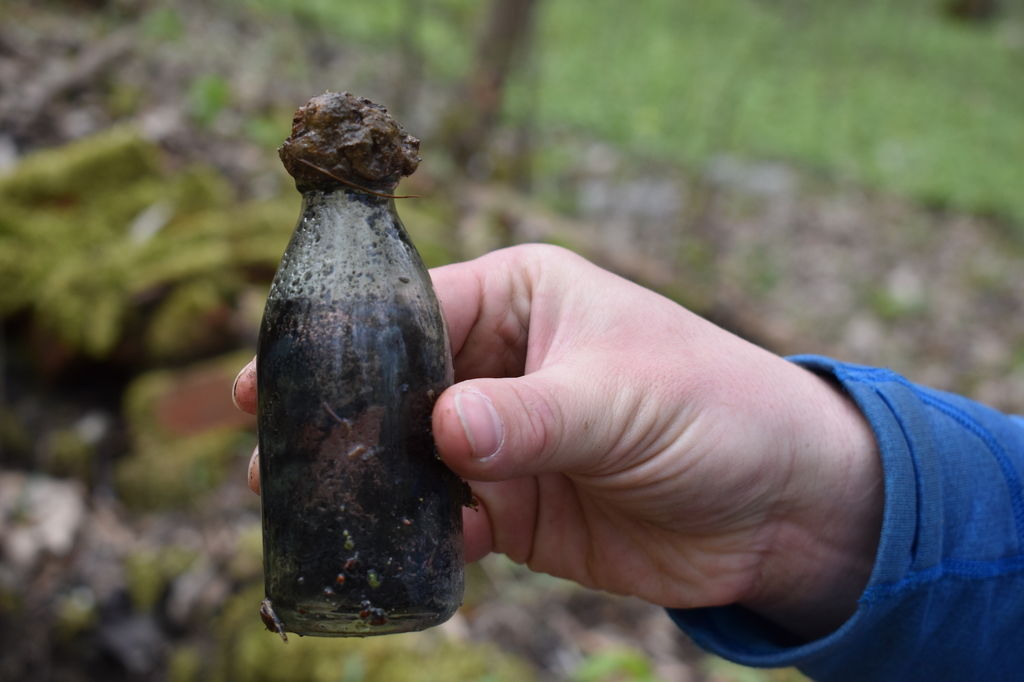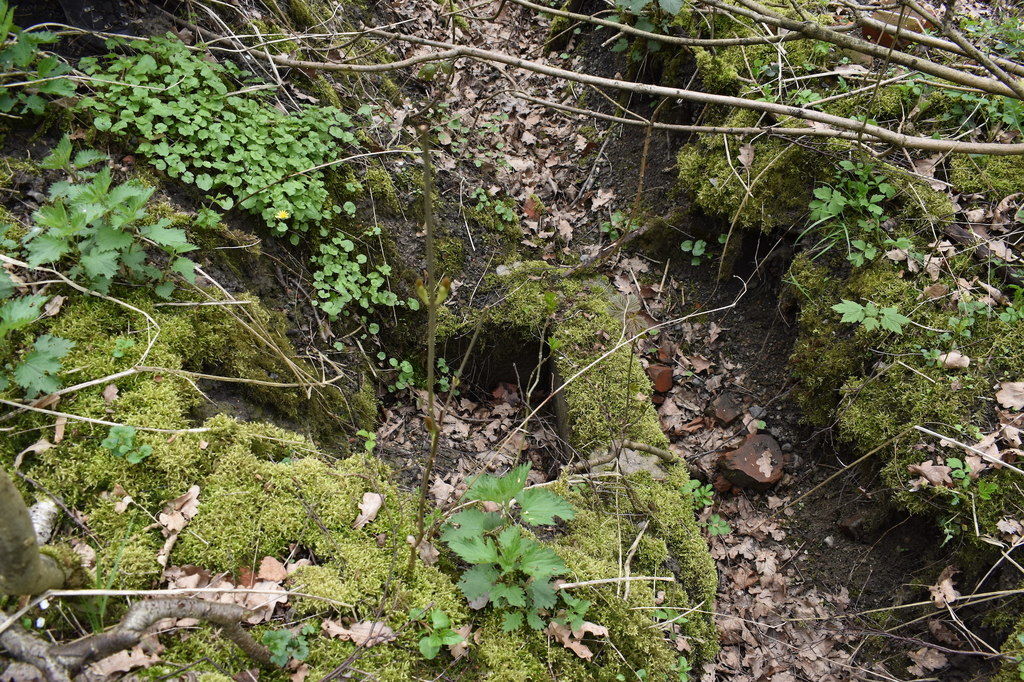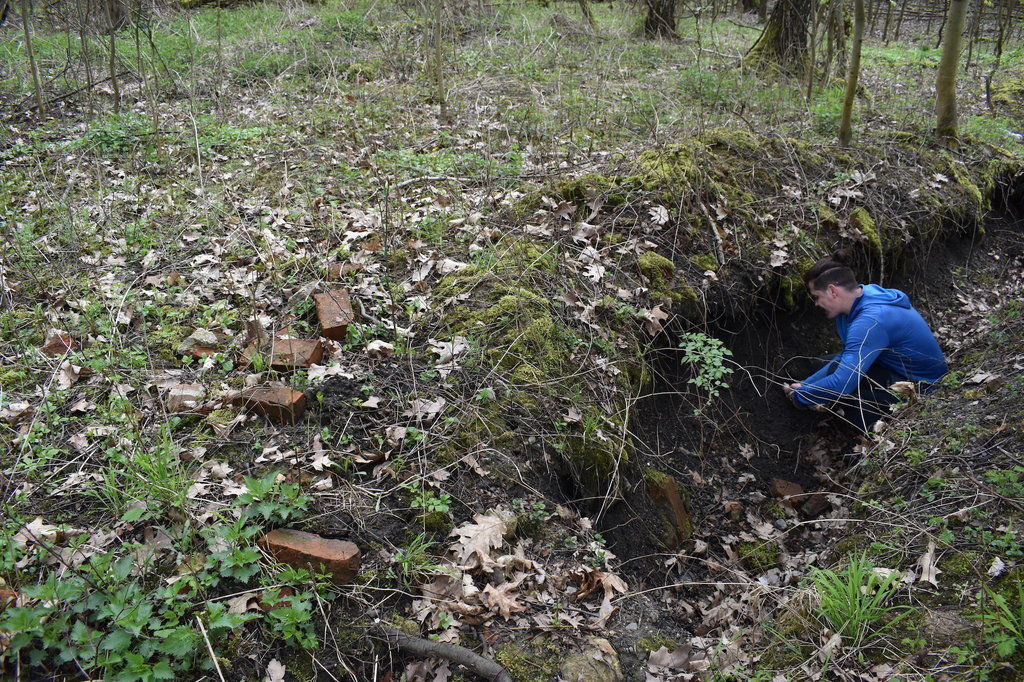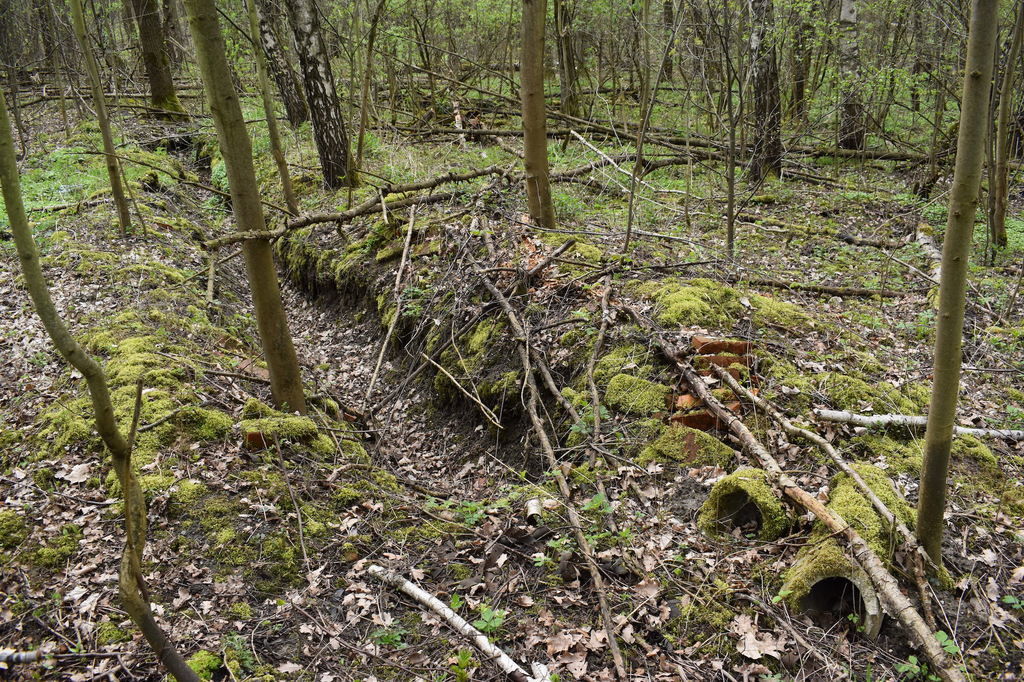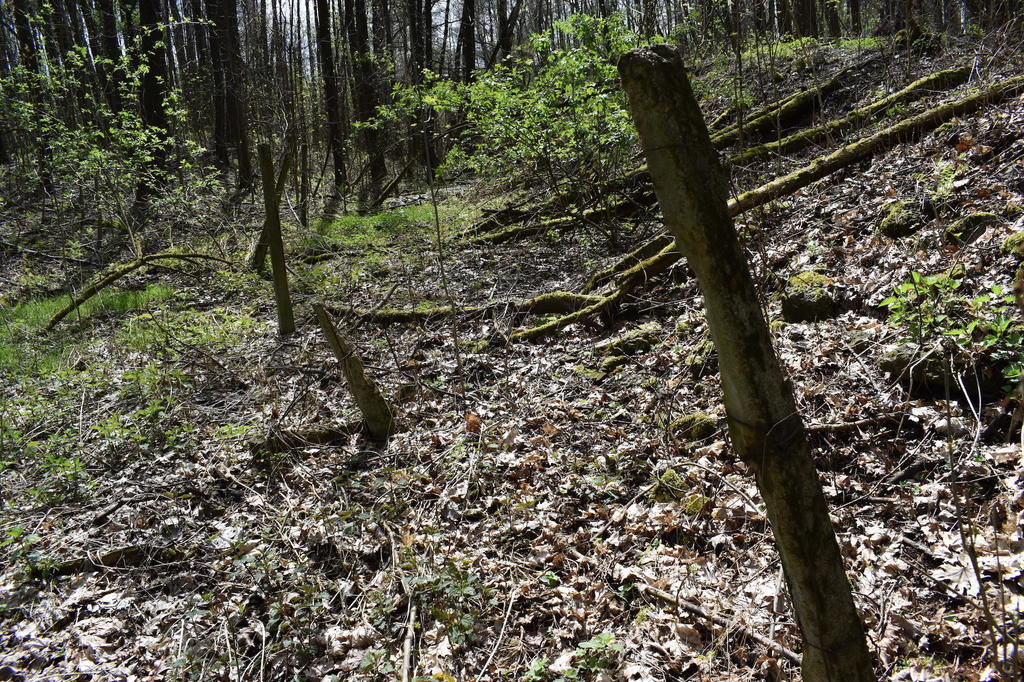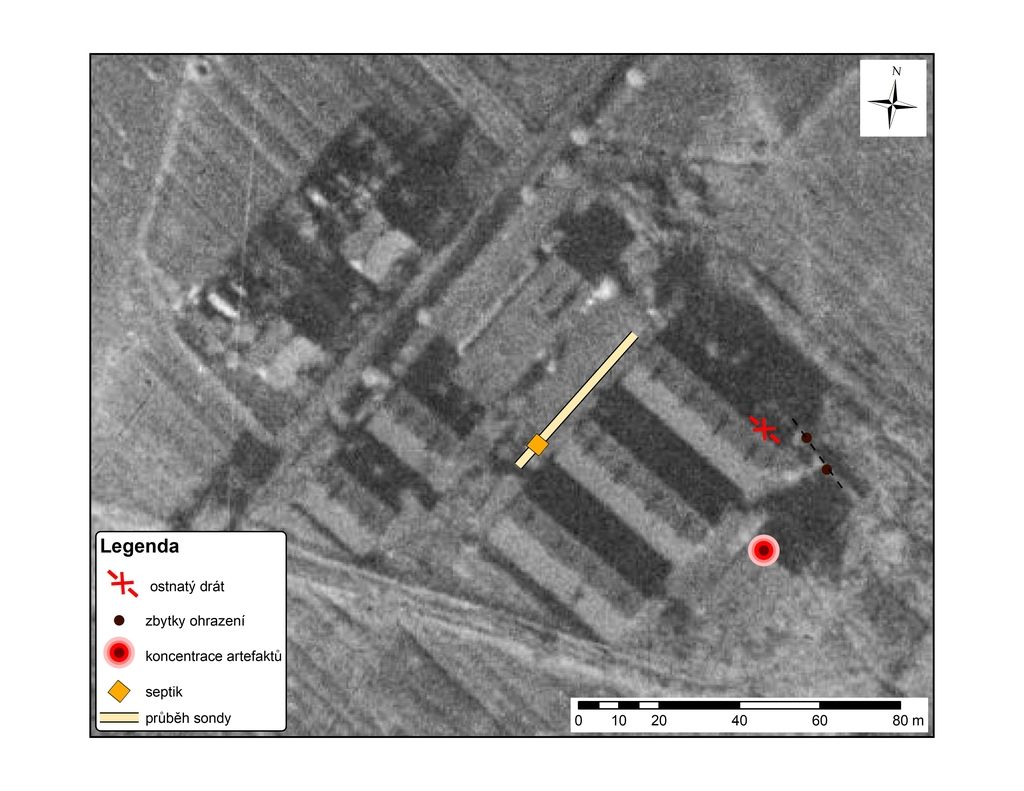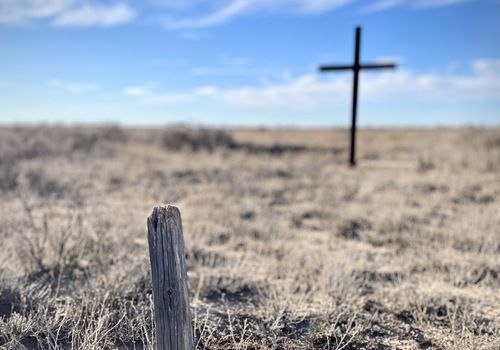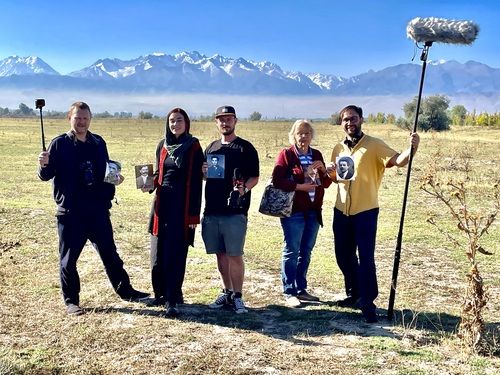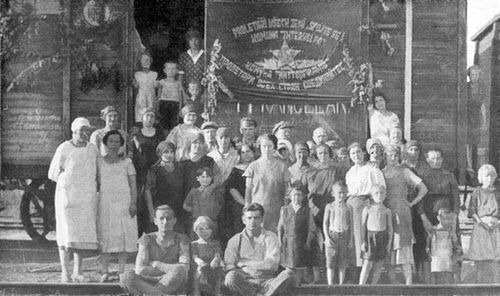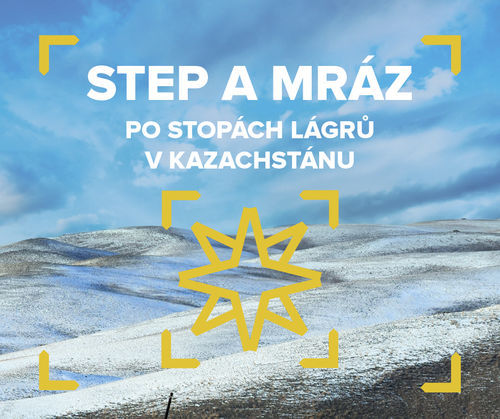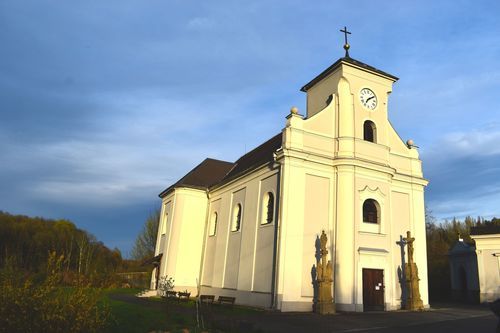This camp was established in the spring of 1943 near the Jan-Karel mine (today the ČSA mine) so that POWs forced into labour did not have to cross the whole city from other camps when coming to work. Soviet POWs in this camp only mined coal. Up to 1,500 Soviet POWS were interned in the camp. In January 1945 as the frontline was approaching, they were transported to an unknown location. We succeeded in finding the camp’s exact location and we even found some pieces of barbed wire.
The exact location of the camp had been unknown. Eyewitness testimonies recorded by Karin Lednická suggested that such a camp had existed there. However, due to the irreparable changes in the landscape, they were not able to exactly locate the place of the former camp. We were only able to find it using the method described in the introduction.
Today, the site is at the border of a forest, covered with deciduous trees without any remains that would be visible at first site (the northern part of the camp is now part of the build-up area of the ČSA mine). However, unlike in other camps, we soon found scattered artefacts on the surface that are evidence to human settlement – mainly soles, kitchen tools (cups, plates, spoons), many different vials, probably for medicine, and other small bottles. On one of them was the inscription “Central Diary, joint stock comp., Mor. Ostrava”, which provides a general dating framework, since the company existed between the years 1924 and 1948. Therefore, it is possible that it belonged to the prisoners, but we cannot be 100% sure as the bottle might come from the time before or after the existence of the camp. It is entirely possible that after the war ended, the barracks were used as temporary housing for civilians (this information needs to be verified).
Moreover, we discovered a probe of unknown purpose; it is a narrow section several dozen meters long (probably a prospection probe, of unknown origin). It is interesting, though, that it runs exactly along the gable wall of the barracks. At the bottom of the probe, we detected a square concrete structure. We have found an identical, yet completed uncovered probe in the Italian camp, so we were able to recognize its purpose. It is a cesspool connected to the sewerage system. It is interesting that it is located in the same place in both camps – outside the gable wall of a prison barrack. Although no structures in the camps have survived till this day, these structures fixate their location.
A panoramic photograph of the prospection probe:
Another important discovery was a piece of fence whose location very well matches the camp’s perimeter. What is confusing, though, is a prominent depression where it is located, but we believe this is due to mining. A well was found near the fence. The fact that this really was a camp was confirmed by the finding of pieces of barbed wire grown into a tree. It is located near the fence; it is its prolongation, though slightly misaligned, which can be due to different factors – sinking of the land, an error in the GPS measurement, a shift in the positioning of the historical orthophotograph.
A panoramic photograph of the remains of the fence:
